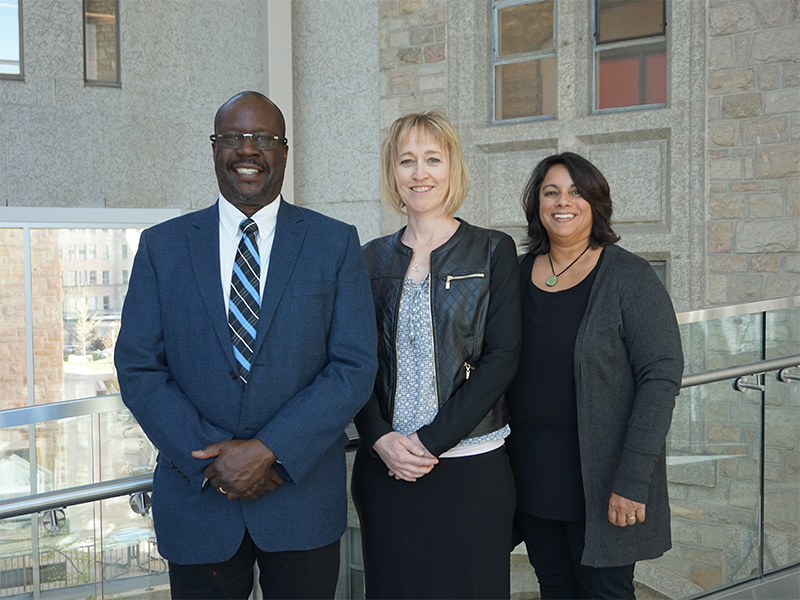
Developing an Intervention to Help Prevent Diabetes in Adolescents
Drs. Shelley Spurr and Jill Bally have received funding to develop an intervention helping adolescents prevent diabetes.
Estimates show well over 400 million people were living with diabetes in 2014, four times the number of people than in 1980. The number of adolescents being diagnosed with type 2 diabetes is projected to increase around 50% within the next 40 years. In Saskatchewan in particular, the occurrence of prediabetes and type 2 diabetes among teens are significantly higher than the average.
Combining over 100 years of experience in pediatrics, the research team consisting of College of Nursing co-principal applicants Drs. Shelley Spurr and Jill Bally, co-investigator Dr. Erick McNair (College of Medicine) and collaborator Dr. Munier Nour (College of Medicine), are looking to develop an evidence-based intervention to help prevent prediabetes and type 2 diabetes in adolescents.
Building on previous research, the teams’ overall goal for this project is to improve the health and ultimately the quality of life of a unique group of adolescents who are at risk for prediabetes and type 2 diabetes. To gather the data, the group will interview approximately twenty teens and parents. “By meeting face-to-face with the parents and teens, we hope to generate insight into their understandings and experiences of prediabetes and type 2 diabetes and encourage them to really think about and identify community-based health promotion interventions that they feel will be the most appropriate and effective,” said Dr. Spurr.
Given teens are the adults of our future, the statistics above highlight the urgent need for something to change. The future health of adults in Saskatchewan is in jeopardy if the rate of prediabetes and type 2 diabetes increases as projected. “We will use our teams expertise, combined with the data we collect, to develop, test and implement an innovative community-based intervention tool to reduce the incidence of prediabetes and type 2 diabetes in adolescents in the future,” concluded Dr. Bally.
This project is estimated to take approximately ten months and has received funding from the College of Nursing Canadian Institutes of Health Research Seed Grant pilot program.
